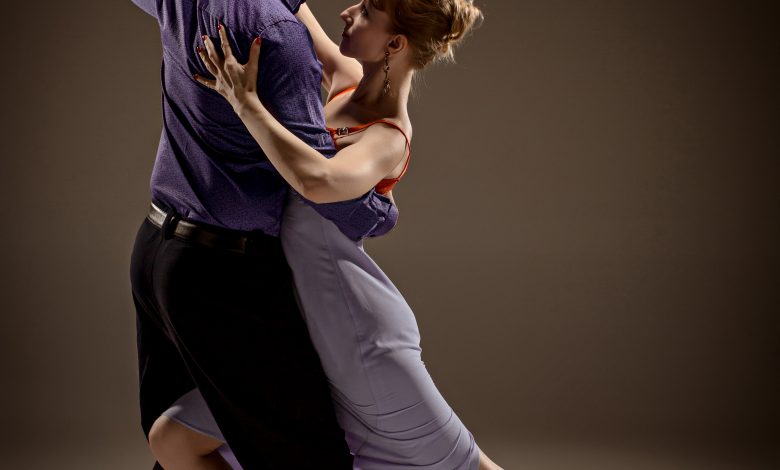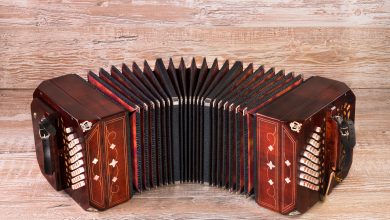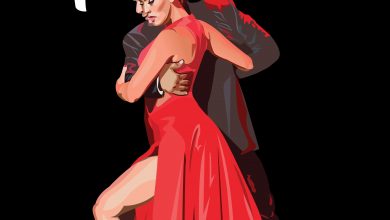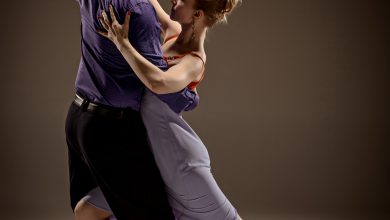Francisco Canaro

Francisco Canaro
(November 26, 1888 – December 14, 1964) was an Uruguayan violinist and tango orchestra leader.
Nickname: Pirincho (a bird)
Background information
Birth name: Francisco Canarozzo
Date of Birth: November 26, 1888
Place of Birth: San José de Mayo, Uruguay
Died: December 14, 1964
Place of Death: Argentina
Family and Children:
Father: Francisco Canaro
Mother: Rafaela Gatto
Brothers and Sisters: 8 siblings: Rafael Canaro, Juan Canaro, Mario Canaro, Humberto Canaro,
Wife: Martha Gessaume (wife), Ada Falcón (lover), Azucena Maizani (lover), Irma Gay (Lover)
Children: Emma Canaro, Argentina Irma Rafaela Canaro
Childhood
Canaro grew up in extreme poverty. He was born to a big Italian immigrant family living in Uruguay. When he was ten, his family emigrated and settled in Buenos Aires. They lived in leased households called conventillos. He had to work to help his family. Before he was ten, he was a newspaper vendor, followed by working as a house painter and factory worker. He loved music. He first heard a few chords of a guitar, but he was hypnotized by the violin. He did not have the money to buy one, and thus he made one with an oilcan and a wooden fingerboard. His mother made a case for it so he could go out and perform for money.
Musical Career
In 1908 through meeting Vicente Greco, Canaro at the age of 20 was introduced to Tango. He began performing with Greco, who is known for coining the term “Orchestra Típica,” and going on tour. They are very popular over the four years and produce their first record together Casa Tagini. In 1912 at 24, Canaro composes his first tango, “Pinta Brava.” In 1915 at 26, Canaro begins conducting for the first time.
Canaro headlined at the Baile del Internado, a comedy ball where the medical interns make fun of their doctors. At the event, he premiered tangos “El Alacran” and “Matsano”. This event launched Canaro’s career. He was asked to perform the next year, as well as invited to Bailes de Carnaval. This was the first time that a tango group had been admitted to the aristocratic circles, as before this, tango was considered low art.
Canaro creates a new band including bandoneon Pedro Polito and pianist José Martínez, which becomes the basis for the first Orchestra Pirincho. He later adds Rafael Rinaldi as the second violinist and Leopoldo Thompson on double bass. Canaro was the first to include a double bass player in a tango orchestra.
Canaro is also the first to introduce the vocal arrangement to sing the estribillo in the tango. The first performance was a tango written by his brother Mario with the young singer Roberto Díaz. From this moment on, having an estribillista became the norm, so much so that this period was often called the estribillistas era. This was in the time before microphones, so sometimes they had to use a megaphone to be heard.
By the age of 33, Canaro has figured out how to turn tango into commercial business, managing three orchestras alongside his brothers. His career pinnacles when he is invited to perform at the prestigious Carnival Ball. He does so with gusto, creating a 32-piece orchestra, the largest tango orchestra ever put together.
In 1925 at 37, Canaro travels to Paris where tango has taken over with estribillistas Agustín Irusta and Roberto Fugazot, and pianist Lucio Demare. After Paris, they tour the US. Teresita Asprella and Linda Thelma joined the group then.
He continued to perform and write music, while also starting his own film production company and helping to found Sociedad Argentina de Autores y Compositores de Música – Argentine Society of Authors and Composers in 1940.
He passed away at 76 in Buenos Aires at 76 from Paget’s Disease.
Canaro’s vocalists
Teresita Asprella, Linda Thelma, Augustín Irusta, Roberto Fugazot, Ada Falcón (lover), Azucena Maizani (lover), Agustín Irusta and Roberto Fugazot
Canaro’s Mentors and Influences
Vicente Greco, his brothers, Juan, Humberto, Mario
Canaro’s musical style
Canaro did not have a set music style, he preferred to adapt himself to every circumstance. This is no surprise given the rumors around how many songs he wrote out of his own inspiration and how many were commissioned.
Discography / Tango Compositions:
Total compositions: 3,799
Te quiero todavia (Famà)
02:52 Mimosa (Instrumental)
05:41 Paciencia (Maida)
08:11 Azulidad (Charlo)
10:57 Al subir al bajar (Famà)
14:00 Chirimoya (Ada Falcon)
16:45 Telarañas (Famà)
19:37 Acabala (Instrumental)
22:13 Mas Alla (Famà)
25:11 Por vos… Yo me rompo todo (Famà)
28:04 El vino Triste (Famà)
30:37 Abandonada (Famà)
33:28 Mañana Juega (Famà)
35:47 Algun dia te diré (Famà)
38:01 Milongada (Instrumental)
41:11 Sabado Ingles (Instrumental)
44:36 Solo una novia (Maida)
48:00 Donde (Maida)
50:52 En las sombras (Maida)
53:37 Engañame no mas (Maida)
56:25 Fracaso (Maida)
59:18 Todo corazon (Instrumental)
Filmography:
He founded his own film company Río de la Plata productions, however none of his films were profitable so he had to close it down.
His company produced the films:
- Ídolos De La Radio (1934)
- Por Buen Camino (1935)
- Carlos Gardel’s Funeral Rites (1936)
- Ya Tiene Comisario El Pueblo (1936)
- La Muchacha Del Circo (1937)
- Dos Amigos Y Un Amor (1938)
- Cantando Llegó El Amor (1938)
- Turbión (1938)
- Veinticuatro Horas En Libertad (1939)
- El Diablo Andaba En Los Choclos (1946)
- Con La Música En El Alma (1951)
He was featured in:
Nobleza gaucha
New Port (1936)
The Song of the Suburbs (1941)
Legacy
He was incredibly wealthy and his fortune gave birth to a common saying, “He’s got more money than Canaro.” He played a major role in the creation of what is now SADAIC (Sociedad Argentina de Autores y Compositores de Música, which was founded in 1935 and its office was financed by Canaro. His hard work, ideas such as the introduction of a double bass player and estribillistas, and prolific music discography of 3,792 recordings will preserve his place in music history.



